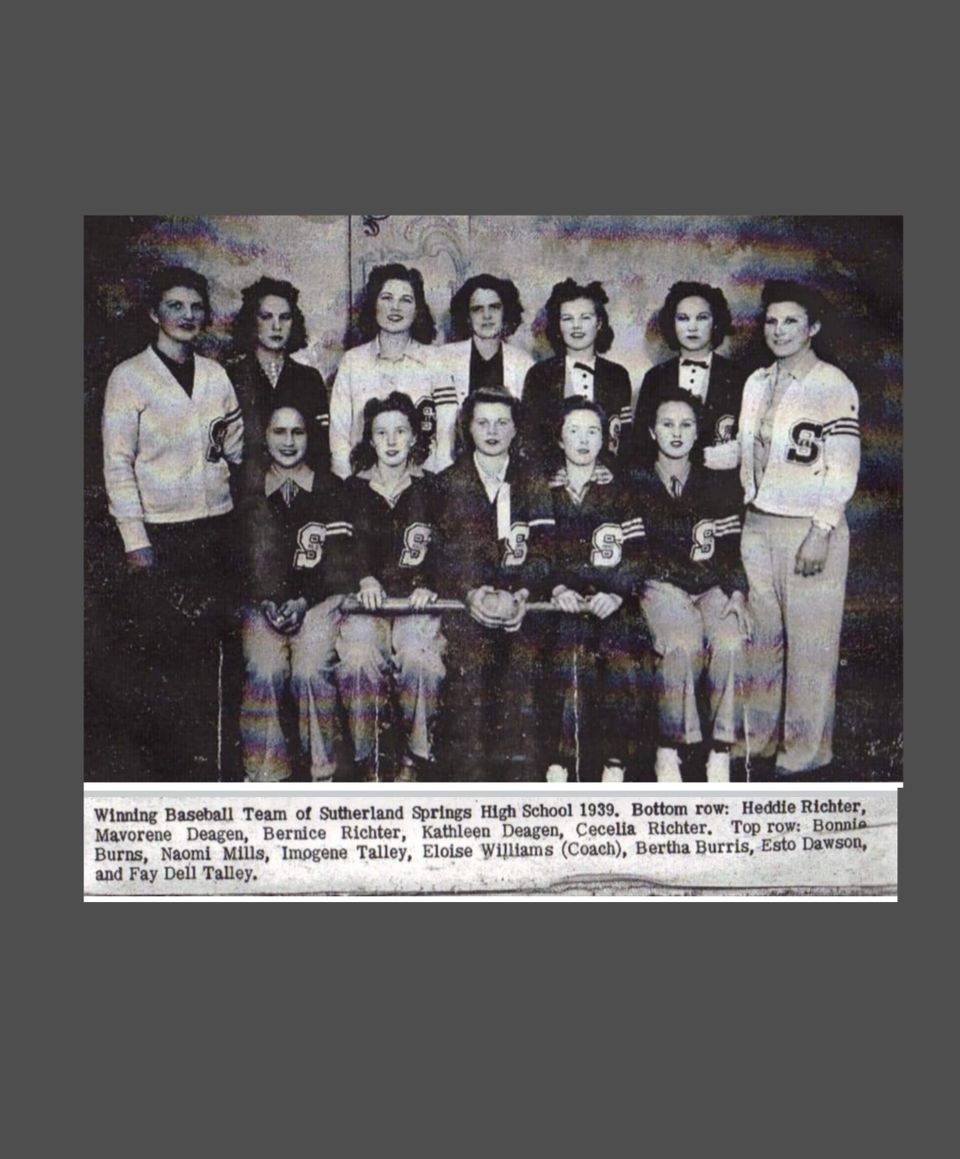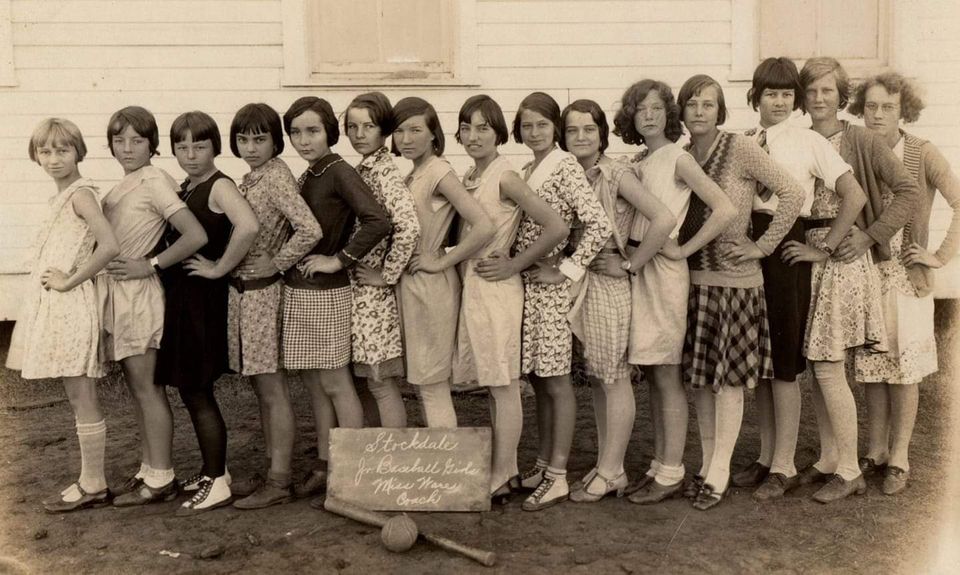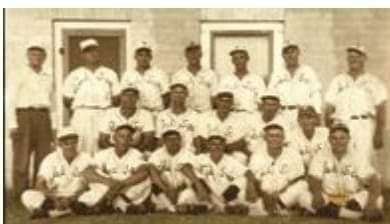A grand-slam legacy .... The Kosciusko Open Golf tournament benefits association with a heavy-hitting history.
Baseball and golf do not go together. At all. But for the Kosciusko community, baseball and golf have come together quite nicely.
The Kosciusko Open, a golf classic with beginnings in 1988, embarked upon its 17th year of fund raising on Aug. 13.
In 1988, the open was held on the Kenedy Golf Course, with morning and afternoon flights. And with 124 players, the two flights were very necessary.
In 1991, the tournament was moved to Seguin. And this year, it was moved to Pleasanton — but no matter where the tournament is moved to, it seems the number of participants who flock to it never wavers.
And maybe that's because the proceeds go to the Kosciusko Athletic Association, which not only holds great esteem within the area, but also holds a place in many local residents' hearts.
It seemed to all start in the 1940s. Baseball was the game of choice, and anyone who was anyone played it. The Bluebonnet League, as it was called back then, included teams from Kosciusko, Panna Maria, Karnes City, and Falls City.
"It was a gathering of the community," former player and manager Albert Pruski said. "It held us all together."
Like clockwork, every Sunday a game would start at around 3 p.m., and communities from all around would come to watch.
But when World War II broke out, the league fizzled a bit, with all the men overseas.
Once the war was over, the Bluebonnet League was replaced with the Flax League (the name later was changed back to the Bluebonnet League).
"We had guys on the team in their mid-30s," Pruski said. "You played once you were good enough to."
The league consisted of teams from Stockdale, Nixon, Falls City, Poth, Karnes City, and Kosciusko, among others.
Pruski, a resident of Kosciusko, started playing with the league in 1951 and began coaching in 1965.
"It was our only form of entertainment," Pruski said. "It was a very big deal."
And this league proved just as popular as the Bluebonnet League, drawing an average of 300-400 people every Sunday.
"It was nothing to get a thousand fans out here on a Sunday," Pruski said.
In fact, Paul Thompson, a well-known San Antonio Express-News columnist in the 1950s and 1960s, wrote in a mid-1960s article that there was a lack of interest in the San Antonio Missions baseball games, but "... last Sunday, at a Wilson County cow pasture, with rain threatening, 1,500 people paid to attend a baseball game between the hemi-demi-semi pros of Kosciusko and Saspamco ..."
Thompson wasn't kidding. Locals would raffle off pigs in order to raise money for improvements to the field.
"We had some die-hard fans," Pruski said. "To them, it was a hell of a lot more important to go to a game than to go to church."
The die-hard fans came to see the die-hard players, one being Kosciusko resident Hagen Dworaczyk.
Dworaczyk played in the league for 25 years, switching between left field and third base. And it
didn't matter who he played with, as he played for the Kosciusko Red Sox for four years, for Falls City for a season, and Poth the rest of the time.
"If I could have been the designated hitter, I would have stayed [playing in the league] until I was 50," Dworaczyk said. "I just couldn't run anymore."
Dworaczyk, although 82 years old, still recalls memories of playing for the Bluebonnet League in the 1940s and 1950s.
"I was the first to hit a home run on the Poth baseball field," Dworaczyk said. "We were down by two — it was 7-5 — against Falls City. I hit a three-run home run and we won. We won a lot of games."
Dworaczyk also boasts that his team took the title of Bluebonnet League Champions for seven years.
"If it wouldn't have been for the war, I would have gone pro," Dworaczyk said. "I was fast and had a good arm."
Baseball was life for him, as it was for many of those in the communities in and around Kosciusko.
"I'd work nine hours a day, go home and eat dinner, play baseball until midnight, drink after the game, and then start it all over again," Dworaczyk laughed.
Albert Pruski has similar memories, namely when the Kosciusko Red Sox developed a sort of dynasty during the mid to late 1960s, winning a number of championship titles.
"It was a big thing to win a championship," Albert Pruski said. "Our first championship wasn't until 1964, but we won quite a few in a row then."
In 1958, the Kosciusko Athletic Association was formed. Through this association, the league and field was taken care of, thanks to the fund raising held each year. Since players didn't pay to play, other avenues of funding the league were found.
Money from ticket sales — which was 50 cents a person — kept everything going.
During the 1960s, the Junior Flax League was formed, serving as a form of Little League for the up-and-coming players.
S.V. Pruski was one of the first Junior Flax League players.
"That's all we had to do," S.V. Pruski said. "Everybody played. It taught us how to be competitive."
S.V. Pruski played with the younger league from age 9 until he was in high school, all the while serving as batboy for the older players on the Bluebonnet League. At about age 16, S.V. Pruski moved on to this league, stepping up his game.
"I just loved playing," S.V. Pruski said.
His love for the game is obvious through the memories he still holds of the league.
"I hit a home run in the ninth inning to win the game," S.V. Pruski recalled of his days with the Bluebonnet League.
And once he stopped playing, he managed teams within the league.
Local residents would umpire games, namely Emil Skloss and Edmond Pruski, who both played on the Bluebonnet and Flax Leagues during the '40s and '50s.
In 1967, the current field was purchased by the community, and 16 years later, after receiving a grant from the Texas Parks Association, lights were installed to cater to night play.
But as all good things do, the Bluebonnet League ended in the 1990s.
"There was a lack of interest," S.V. Pruski said. "I guess there is just too much to do than get out and play some baseball."
But the tradition lives on through the Little Leaguers and the softball teams that play there. And the golf tournament held each year brings in a lot of revenue to pay for equipment, field maintenance, utilities, and insurance.
Currently, two Little League teams exist for boys and one was formed for girls. They play during the weekdays.
This year, the association brought in approximately $5,000 and plans to install new bleachers and dugouts at the facility in Kosciusko. Eventually, new lighting poles and a walking track will be incorporated.
But why play golf, when the association essentially funds baseball and softball leagues?
"It's a sport — and when you get too old to play baseball, you start thinking of a safer game," Albert Pruski said.
And that's something Dworaczyk looked for as well. Once he felt he was too old to play baseball in the Bluebonnet League, he moved on to the Kosciusko Open, playing in the tournament for about 10 years.
"I was a good putter in golf," Dworaczyk said.
He and his team won seven championships in the 1980s and 1990s.
And in the late '80s, it seemed a nice tradition to start. It draws nearly 100 or more players every year.
"It's our fund-raiser," S.V. Pruski said.
**********************************
COURTESY /Wilson County News, August 31, 2005, written by
Holly Mutz
Members of the Bluebonnet League in the early 1950s included (back, from left) Manager Bill Skloss, Henry Lyssy, Baldo Ramirez, Conrad Pruski, Gus Titzman, Hagen Dworaczyk, Edmond Pruski, (center) Engelbert Laskowski, Emil Gawlik, Daniel Dugi, Emil Pruski, Calvin Helms, (front) Albert Pruski, Adrian Kotara, Vincent Kotara, Ounfry Moy, an unknown player, and Virgil Nimetz. (Courtesy photo)



